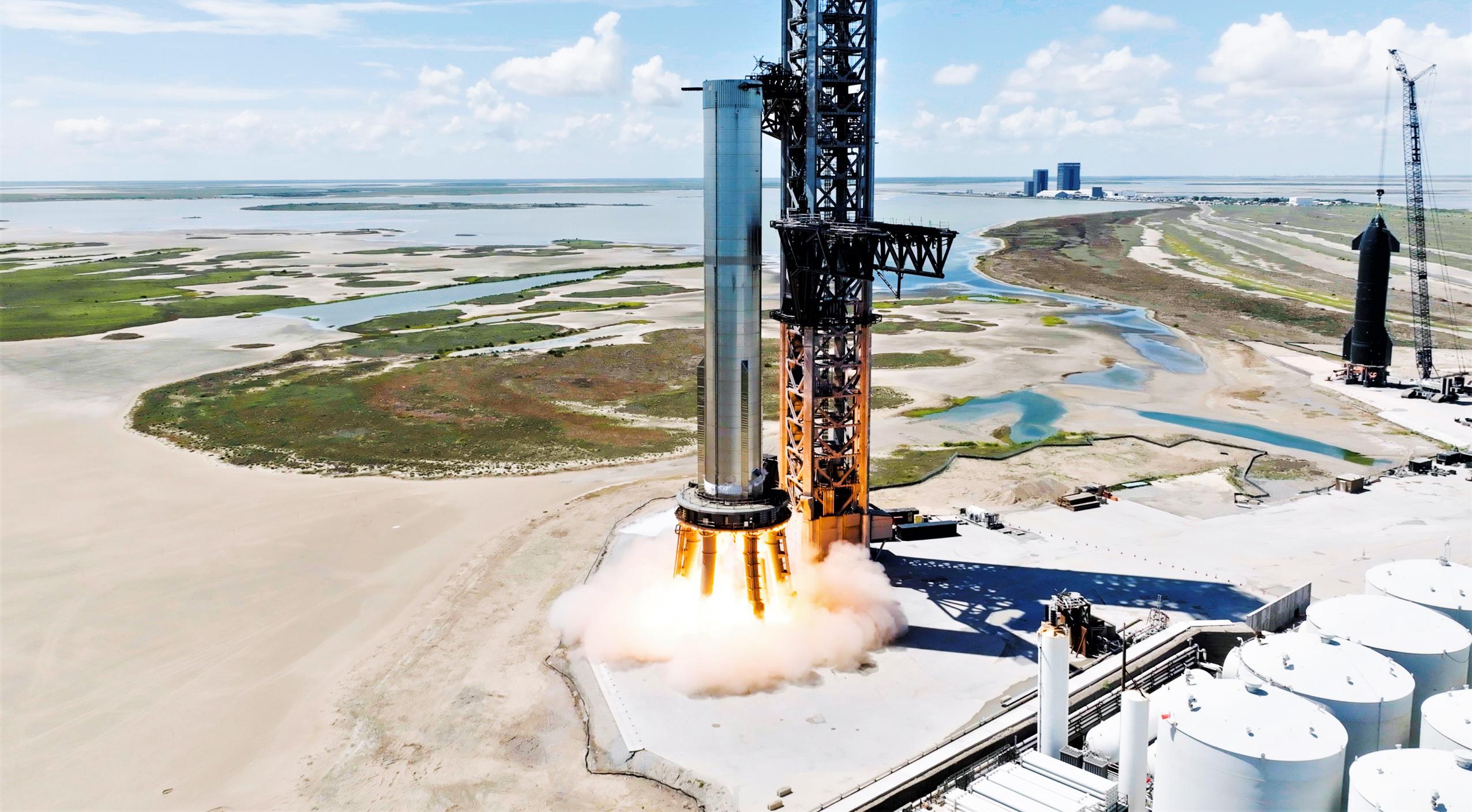

News
SpaceX breaks Starship test record, rolls next booster to launch pad
SpaceX has completed a record-breaking test of a Starship booster and rolled a newer Super Heavy prototype to the launch pad just hours apart.
Almost six weeks after SpaceX began Super Heavy Booster 7’s static fire test campaign, the company has broken new ground by simultaneously igniting seven Raptor engines at once. A matter of hours later, confirming SpaceX CEO Elon Musk’s plans in real time, the company transported a second Super Heavy prototype (Booster 8) from the factory to the launch pad, where it joined Booster 7.
According to Musk, those rockets will soon switch places, ensuring that no time is wasted while SpaceX continues to gradually work towards Starship’s first orbital launch attempts.
Booster 7 kicked off the most important stage of its flight qualification process on August 9th and 11th with two back-to-back static fires, each igniting just one of 20 installed Raptor engines. Both appeared to be successful and SpaceX returned B7 to its Boca Chica, Texas factory, reinstalled a full set of 33 engines, and sent the Super Heavy back to the launch pad two weeks later.
On August 31st, SpaceX attempted to ignite three of Booster 7’s 33 Raptors. One engine failed to ignite but the others did not, resulting in a mostly successful two-engine test. Over the next two weeks, SpaceX performed several ignition-free ‘spin-prime’ tests, two of which appeared to spin up all 33 engines without causing an explosion. Finally, SpaceX telegraphed its next major goal with a seven-engine spin-prime test on September 16th and another (albeit with a slightly different set of engines) on September 19th.
Shortly after the second seven-engine spin-prime, SpaceX refilled Booster 7 with propellant, went back through the same procedures, and ignited the same seven engines for about five seconds. No obvious issues arose and Musk later implied that the test went well. It set a new record for the largest number of Raptors simultaneously ignited on a single prototype and likely also broke the record for most thrust produced by a vehicle tested at Starbase.
If all seven upgraded Raptor V2 engines were operating at full throttle, they could have briefly produced more than 1600 tons (~3.6M lbf) of thrust – roughly equivalent to two Falcon 9 boosters. Measuring about 69 meters (~225 ft) tall and 9 meters (~30 ft) wide, Super Heavy will be the most powerful liquid rocket booster ever tested once it ignites as few as 20 of its 33 engines at full thrust.
In an increasingly rare update, Musk revealed that SpaceX will once again return Booster 7 to Starbase’s factory for mysterious “robustness upgrades” after the latest round of testing. Musk doesn’t seem to think that those upgrades will take very long, and anticipates that Starbase’s “next big test” will be the first complete wet dress rehearsal of a fully-assembled two-stage Starship, followed by Super Heavy’s first 33-engine static fire test, “in a few weeks.”
More likely than not, each step of that process will take multiple attempts and uncover issues that will then need to be corrected and verified over the course of several months. But with Starship 24 having already completed a full six-engine static fire, there’s a small chance SpaceX will find itself with a fully-stacked Starship that is more or less ready for its first orbital launch attempt by the end of October.
In the meantime, after Booster 7 returns to the factory, Booster 8 – finally complete after a relatively slow six-month assembly – will kick off basic proof testing at SpaceX’s South Texas orbital launch site. SpaceX wasted no time preparing for that swap and transported Booster 8 to the pad just seven hours after Booster 7’s seven-engine static fire. If things move more smoothly than they did with B7, it’s possible that B8 will complete proof testing and be ready to head back to the factory for Raptor installation by the time B7’s upgrades are finished – a very efficient transition if it works out that way.
News
“Worthy of respect:” Six-seat Model Y L acknowledged by Tesla China’s biggest rivals
Tesla China’s biggest competitors seem to be welcoming the impending arrival of the upcoming six-seater.
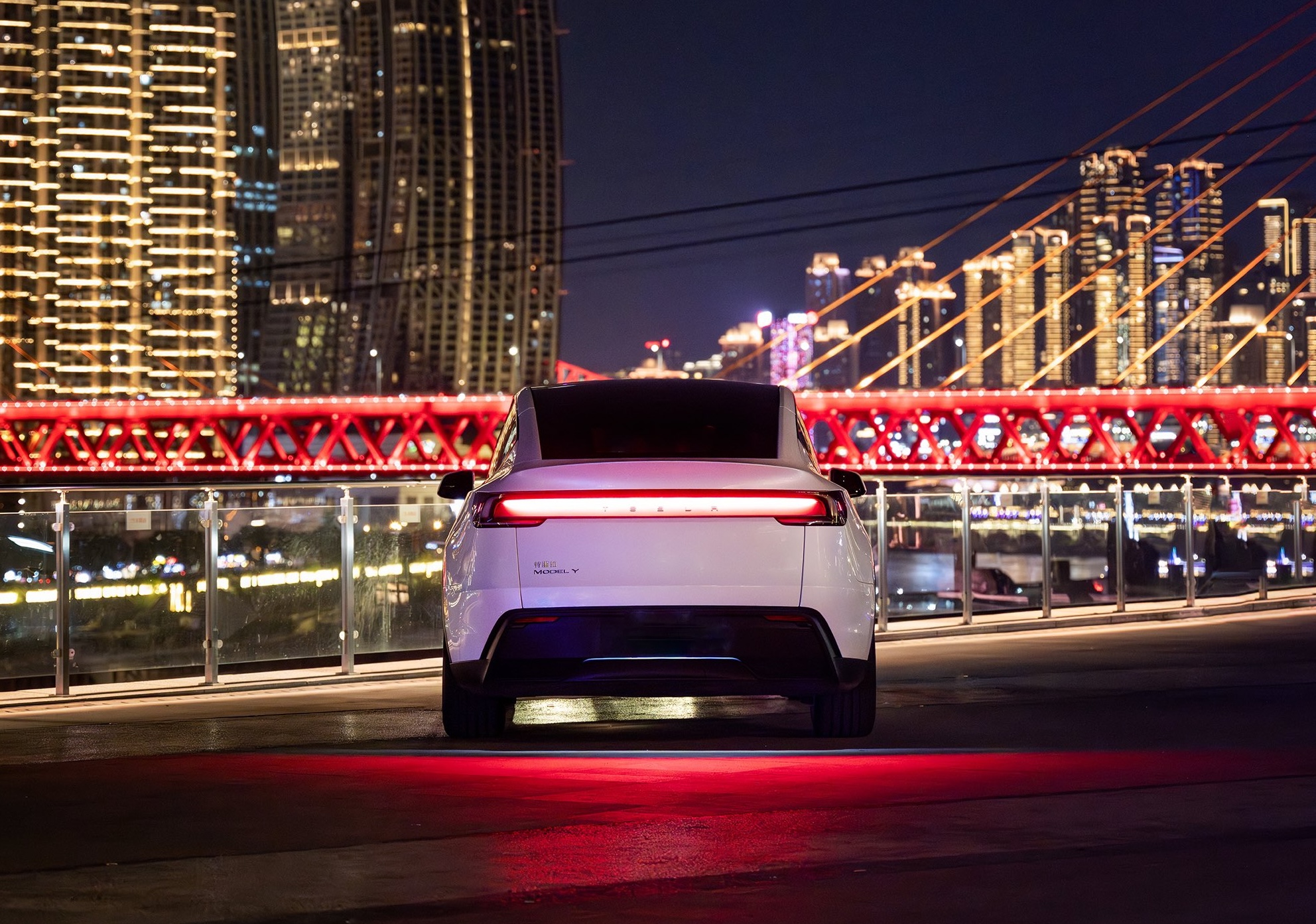
Tesla’s upcoming launch of the Model Y L in China has drawn praise from the CEOs of rival automakers Nio and Li Auto. While the upcoming extended all-electric crossover has the potential to make a huge impact in the domestic Chinese auto market, some of Tesla China’s biggest competitors seem to be welcoming the impending arrival of the upcoming six-seater.
NIO and Li Auto CEO react
Nio founder, chairman, and CEO William Li responded to Tesla’s announcement on Weibo, stating that with improvements in charging, battery swap infrastructure, and continued innovation in technology and product design, the era of large-space electrified SUVs has fully arrived. He referenced Nio’s sub-brand Onvo and its new L90 SUV as a product born from this shift in the market and encouraged the industry to “power up together,” as noted in a report from CNEV Post.
Li Auto CEO Li Xiang also weighed in, calling the Model Y L a “six-seat pure electric SUV worthy of respect.” He also suggested that consumers interested in vehicles priced between RMB 200,000 and RMB 300,000 should keep an eye on it. He also mentioned his company’s upcoming Li i6, a five-seat all-electric SUV that’s expected to debut in September, as a strong option for buyers not seeking third row seats.
New Model Y L
Tesla confirmed on its official Weibo account that the Model Y L will officially launch in China this fall. The vehicle appeared in China’s MIIT regulatory catalog, which revealed that the Model Y L will feature a longer body and extended wheelbase designed to accommodate its new three-row layout.
The Model Y L measures 4,976 mm in length with a wheelbase of 3,040 mm, compared to the standard five-seat Model Y’s 4,797 mm length and 2,890 mm wheelbase. While Tesla has yet to announce official pricing, industry reports suggest it could be positioned around RMB 400,000. It remains to be seen if the Model Y L will also be produced in the United States and Germany.
Elon Musk
Elon Musk reveals SpaceX’s target for Starship’s 10th launch
Elon Musk has revealed SpaceX’s target timeline for the next Starship launch, which will be the tenth in program history.
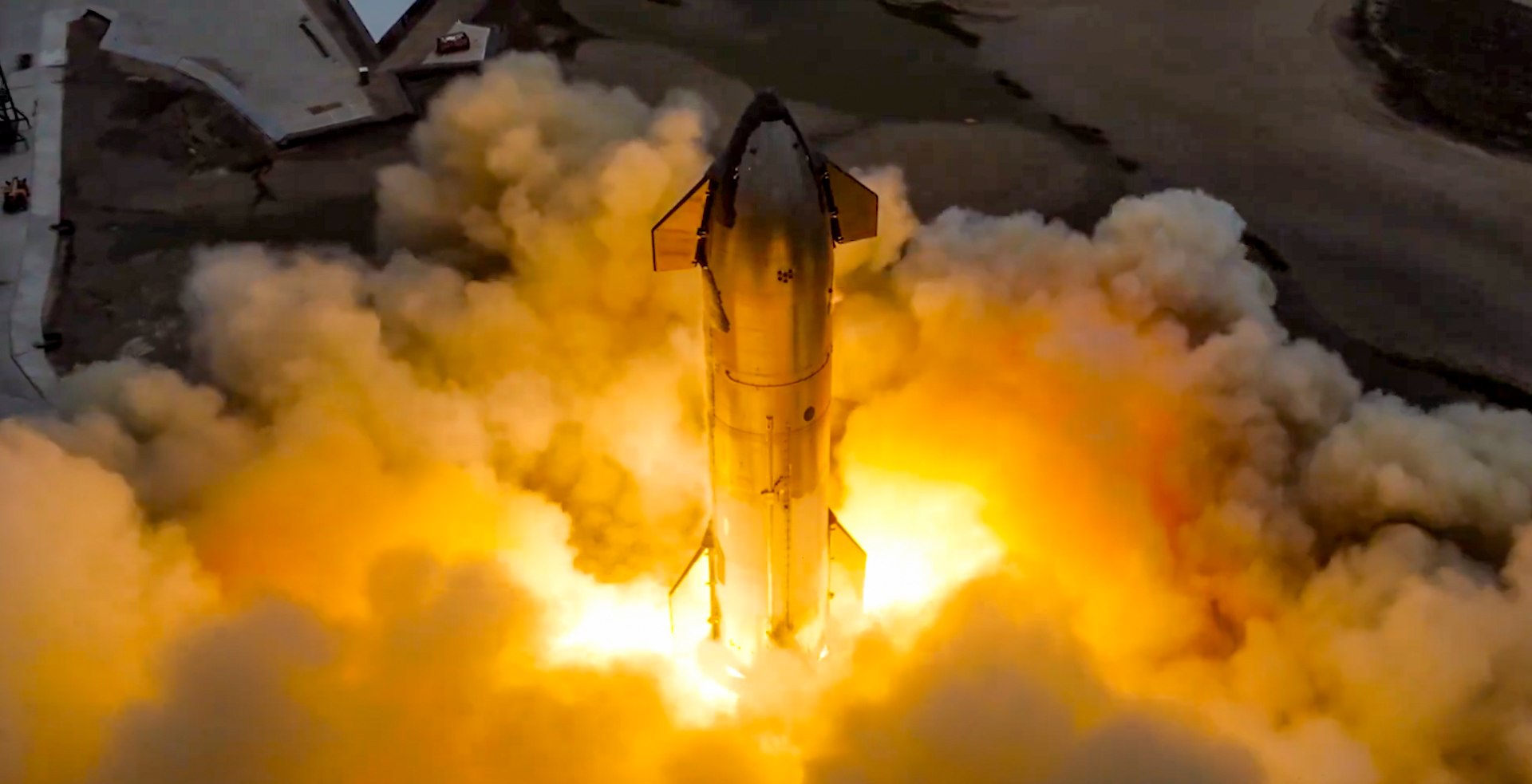
Elon Musk has revealed SpaceX’s target timeline for the next Starship launch, which will be the tenth in program history.
Musk says SpaceX is aiming for a timeline of roughly three weeks from now, which would come about ten weeks after the previous launch.
Coincidentally, it would bring the two launches 69 days apart, and if you know anything about Elon Musk, that would be an ideal timeline between two launches.
🚨 Just wanted you to know, Starship 10’s projected test flight date, according to Grok, is August 4.
Starship’s ninth test flight took place on May 27.
August 4 is 69 days after May 27.
Do with that what you will. 🚀 https://t.co/IISpT08rIy
— TESLARATI (@Teslarati) July 16, 2025
SpaceX is coming off a test flight in which it lost both the Super Heavy Booster and the Upper Stage in the previous launch. The Super Heavy Booster was lost six minutes and sixteen seconds into the flight, while SpaceX lost communication with the Ship at 46 minutes and 48 seconds.
Musk is aiming for the tenth test flight to take place in early August, he revealed on X:
Launching again in ~3 weeks
— Elon Musk (@elonmusk) July 14, 2025
This will be SpaceX’s fourth test flight of the Starship program in 2025, with each of the previous three flights bringing varying results.
IFT-7 in January brought SpaceX its second successful catch of the Super Heavy Booster in the chopstick arms of the launch tower. The ship was lost after exploding during its ascent over the Turks and Caicos Islands.
IFT-8 was on March 6, and SpaceX caught the booster once again, but the Upper Stage was once again lost.
The most recent flight, IFT-9, took place on May 27 and featured the first reused Super Heavy Booster. However, both the Booster and Upper Stage were lost.
The Federal Aviation Administration (FAA) hit SpaceX with a mishap investigation for Flight 9 on May 30.
Elon Musk
Elon Musk confirms Tesla is already rolling out a new feature for in-car Grok
Tesla is already making in-car Grok more robust with a simple but effective feature that CEO Elon Musk says is “coming.”
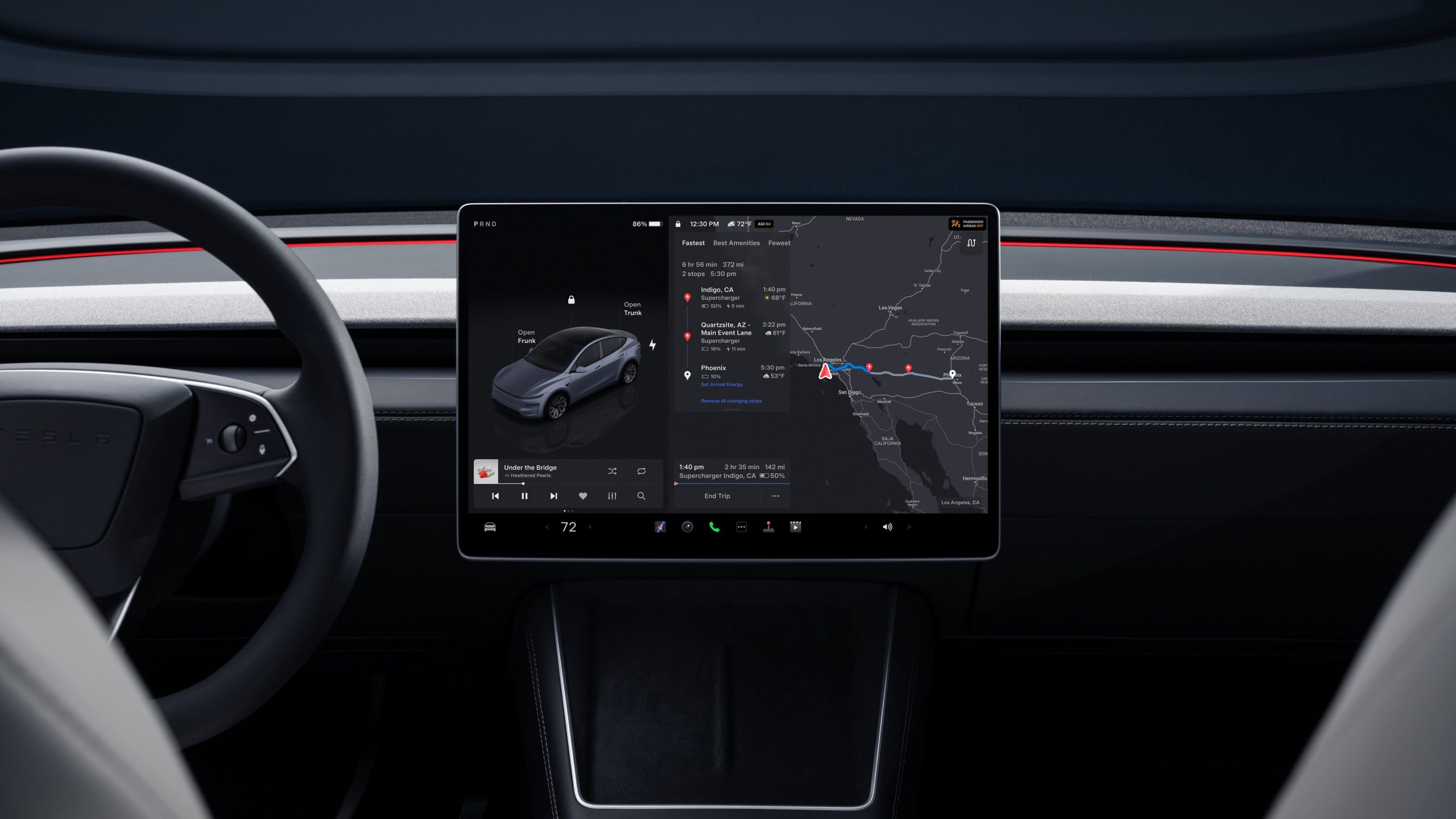
Tesla CEO Elon Musk has confirmed that the company will roll out a new feature for in-car Grok as it is rolling out to vehicles for the first time.
Grok was just recently added as a feature to Tesla vehicles within the past week, but owners are already requesting some small changes to make it more convenient to use.
Tesla debuts hands-free Grok AI with update 2025.26: What you need to know
The first is already on the way, Musk confirmed, as WholeMarsBlog requested a simple, but useful feature for Grok as it is used within Tesla vehicles.
Whole Mars requested that “Hey Grok” be used as a wake word, automatically activating the AI assistant without having to touch any buttons. Musk confirmed it is already in development and on the way to vehicles:
Coming
— Elon Musk (@elonmusk) July 16, 2025
This feature is incredibly similar to that of “Hey Siri” with iPhones and other iOS devices. The phone will recognize your voice and hear that prompt, automatically activating Siri. Apple’s assistant will then perform whatever task it is asked to perform. It’s a simple but effective performance feature.
Grok is already getting its first reviews from owners as it rolls out to owners for the first time. It is a long time coming, too. Tesla has been hinting that Grok would be enabled in the vehicles for a while now, and it just started its initial rollout last week.
After using @grok in my Tesla tonight, I’m insanely impressed.
I honestly went into it a bit skeptical on how useful it would actually be, but I asked it some real genuine questions and it nailed it every time.
Asked it if I take my Tesla to San Francisco next week, where… pic.twitter.com/R0QrK347vi
— Zack (@BLKMDL3) July 16, 2025
Hey @Tesla_Optimus … @grok wants to know if you’re free tonight pic.twitter.com/xXfSkg8M22
— Tesla (@Tesla) July 12, 2025
Grok is available in vehicles with the AMD chip and requires Premium Connectivity or a WiFi connection to use.
-

 Elon Musk14 hours ago
Elon Musk14 hours agoElon Musk reveals SpaceX’s target for Starship’s 10th launch
-

 Elon Musk2 days ago
Elon Musk2 days agoTesla ups Robotaxi fare price to another comical figure with service area expansion
-

 News1 day ago
News1 day agoFirst glimpse of Tesla Model Y with six seats and extended wheelbase
-

 News5 days ago
News5 days agoTesla debuts hands-free Grok AI with update 2025.26: What you need to know
-

 News1 hour ago
News1 hour ago“Worthy of respect:” Six-seat Model Y L acknowledged by Tesla China’s biggest rivals
-

 Elon Musk1 day ago
Elon Musk1 day agoElon Musk’s xAI just posted the nerdiest job opening of all time
-

 News3 days ago
News3 days agoTesla’s Robotaxi geofence in Austin grows, and its shape is hard to ignore
-
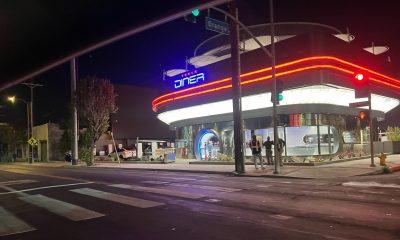
 News3 days ago
News3 days agoThe Tesla Diner is basically finished—here’s what it looks like















